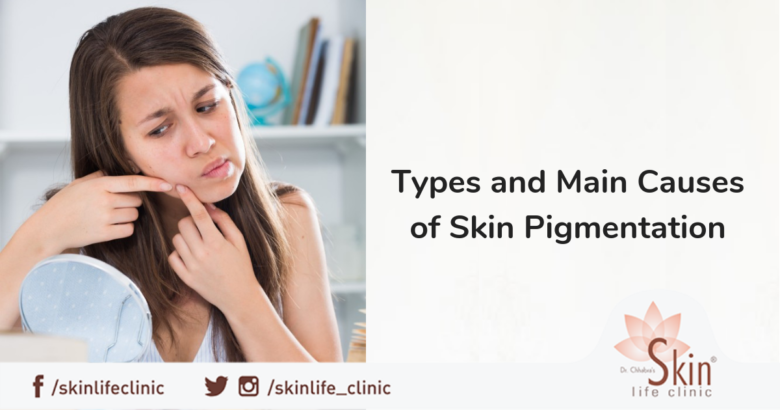Skin pigmentation, also known as hyper pigmentation is a common skin condition. It affects people of all skin types. Skin pigmentation occurs when the skin produces more melanin, the pigment that gives skin its color. This can make spots or patches of skin to seem darker than surrounding areas.
Causes of Skin Pigmentation
- Exposure to sun: The body creates more melanin to protect the skin from lengthy exposure to the sun. This can cause dark/dull spots or patches on the skin called age spots or sun spots.
- Skin inflammation: Areas of skin can darken after individuals have had inflammation of the skin. This can comprise acne, eczema, lupus, or an injury to the skin. Individuals with darker skin are bound to develop post-inflammatory hyper pigmentation.
- Melasma: Melasma is hormone-induced excess pigmentation. It can be caused by hormonal fluctuations. Darker patches of skin can form when individuals experience hormonal changes. This sort of hyper pigmentation is common during pregnancy.
Types of Skin Pigmentation
Below are the most common types of hyper pigmentation:
- Age spots: Age spots, also called liver spots or solar lentigines usually appear on older adults or after extended sun exposure.
- Melasma: Women, people who are pregnant or taking birth control pills, and people with darker skin are more likely to develop melasma, also called chloasma or “the mask of pregnancy”.
- Post-inflammatory: People who have had inflammation or an injury to the skin have post-inflammatory hyperpigmentation.
How to Treat Skin Pigmentation?
An experienced dermatologist can correctly diagnose and recommend clinical treatments for skin pigmentation. At Dr. Chhabra’s Skinlife Clinic, skin pigmentation is cured with the help of medium depth peels, laser, mesotherapy, and microdermabrasion, which helps even out your skin tone to perfection.
To learn more about the skin pigmentation treatment, schedule a free consultation at Dr. Chhabra’s Skinlife Clinic or call us at +91-99265-80465.

